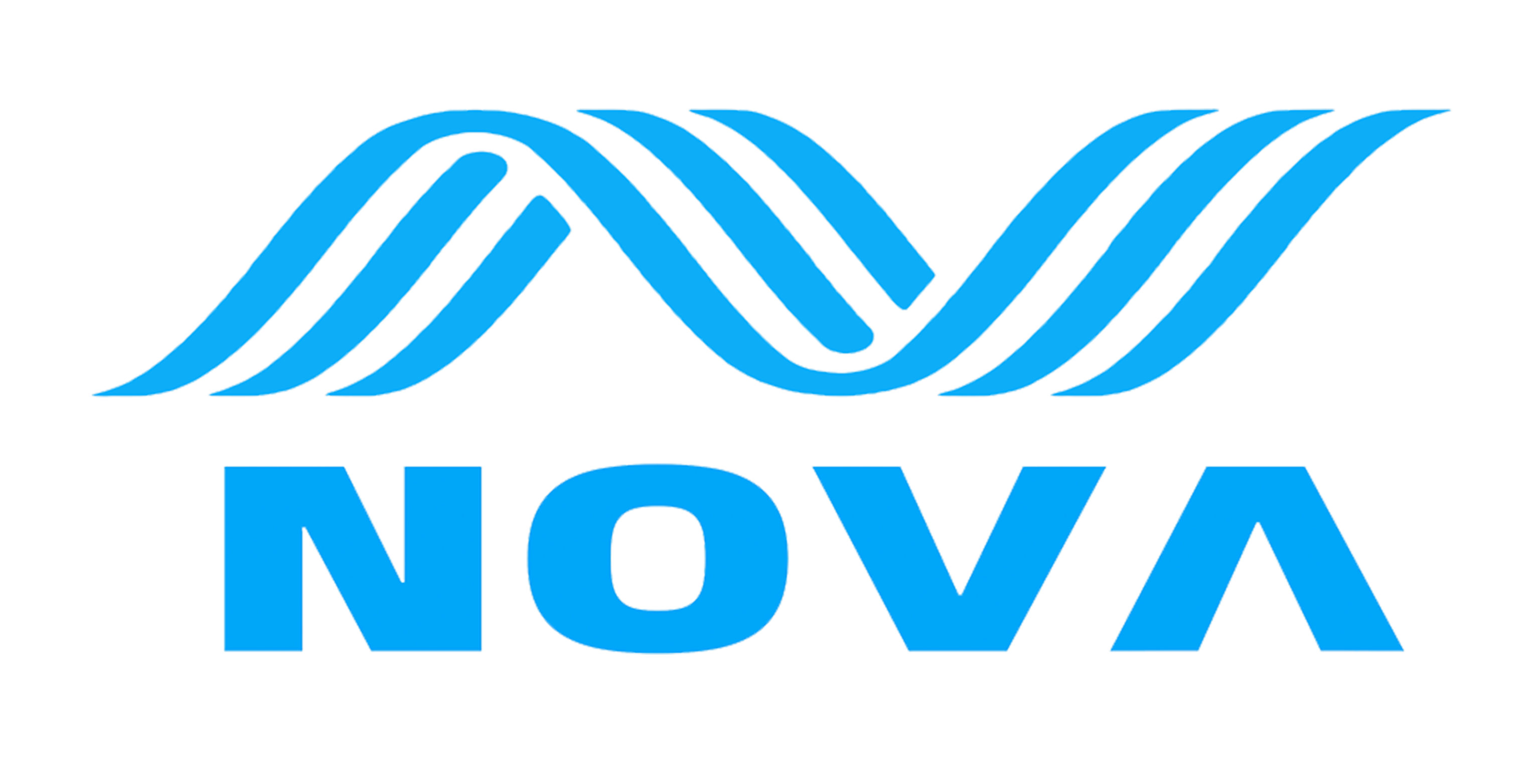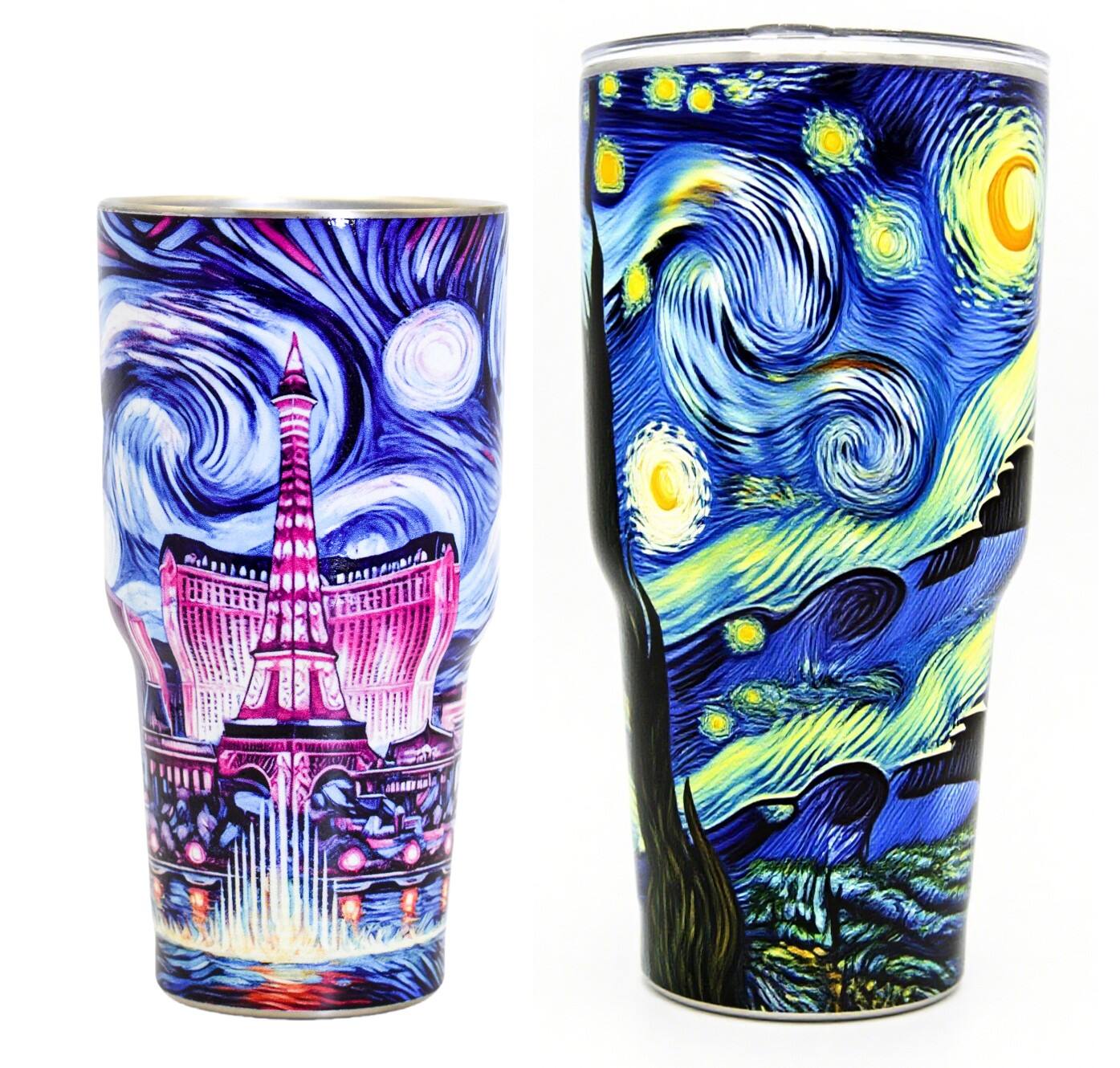How Tumbler Inkjet Printers Are Revolutionizing Drinkware Customization
The rise of tumbler inkjet printers has completely changed how people create custom drinkware. These machines let businesses customize products as needed without waiting for big order runs. What used to require ordering hundreds of units at once can now be done one at a time or just a few dozen if needed. Setup times have dropped dramatically too what took two whole hours before now finishes in around 15 minutes flat. And when it comes to actual printing, modern UV ink technology makes those colorful designs stick to tumblers in less than 46 seconds each. The prints stay bright even after being scratched or washed in the dishwasher, which is why so many companies are switching to this method for their reusable cups and mugs.
The ability to adapt is exactly what consumers want these days. About two thirds of shoppers actually prefer something special and different instead of run-of-the-mill stuff when they buy things. Many companies selling promotional items have started using inkjet printers so they can create really personalized stuff for clients. Think custom logos that match brand colors, artwork inspired by trending social media posts, or special designs for events without having to stockpile inventory. Online stores are getting smart too, integrating print-on-demand systems into their operations. The drinkware market alone hit $24.7 billion last year according to Grand View Research, and much of that growth comes from limited edition collections and local customization efforts where businesses tailor products based on specific store locations or community events.
UV Inkjet Technology: Precision and Durability on Curved Surfaces
Why UV curing is ideal for tumbler printing and hard substrates
Tumbler inkjet printers now rely heavily on UV-curing tech to tackle those tough printing jobs on round metal and ceramic surfaces. When UV-LED lamps kick in during printing, they instantly cure the ink so there's no waiting around for solvents to evaporate. This means we can print sharply on all sorts of cylindrical objects without worrying about smudges ruining the design. According to some recent industry testing from last year, these UV-cured inks stick to stainless steel tumblers at around 98.7% adhesion strength, which beats old school heat-cured methods by almost a third. Another big plus is that the ink doesn't soak into the material itself, keeping colors looking consistent throughout entire production runs. For manufacturers dealing with large orders, this consistency saves time and money while delivering professional quality products every single time.
Vibrant, long-lasting prints with scratch- and fade-resistant inks
UV inks with nano-pigment tech can handle over 10,000 abrasion cycles according to ASTM D4060 tests. After sitting outside for two whole years, these prints still keep around 95% of their original color intensity. Screen printing just doesn't compare. Those designs tend to crack when exposed to heat changes, but UV printed graphics on tumblers stay intact even after going through hundreds of dishwasher cycles. What makes this possible? The ink cures instantly, embedding pigments deep inside a protective polymer layer. This means the prints don't fade easily whether someone spills coffee or wipes down with IPA cleaner. For businesses looking at long term durability, this kind of print quality really stands out from traditional methods.
UV vs. solvent-based inks: performance, safety, and environmental impact
According to EPA data from 2023, UV systems cut down VOC emissions by around 89% when compared to traditional solvent based inks. These systems also meet those tough environmental standards like California's CARB requirements and the EU's REACH regulations. When it comes to energy usage, print shops see about a 60 something percent drop because they can cure materials only when needed instead of running ovens constantly. Plus there's no messy hazardous waste slurry to deal with either. Many actual print operations have noticed their material expenses going down roughly 40% after switching over. The reason? No more needing those expensive primer coatings for things like stainless steel and aluminum tumblers that used to require so much prep work.
End-to-End Workflow Efficiency in Digital Tumbler Printing
Fast Turnaround and On-Demand Production with Minimal Setup
Tumbler inkjet printers cut down those annoying setup delays that used to take forever, bringing them down to just a few minutes instead. Screen printing needs all those physical stencils plus lengthy curing periods, while digital systems let folks print directly onto substrates right away with no waiting around for things to dry. Industry reports indicate production cycles are about two thirds quicker than old school methods these days, making it possible for shops to actually turn a profit on those smaller batch orders they used to avoid. The speed advantage really helps with just in time manufacturing approaches too. Retailers love being able to restock their top selling items within a day or so without having to commit to huge minimums every time.
Automated Alignment and Variable Data Printing for Batch Orders
The latest vision systems really nail down where to put the ink on those tricky curved tumbler surfaces, no matter what kind of mix of products we're dealing with at once. What's cool is that workers can actually throw around fifty different designs into one big batch run through the machine, and the printer just figures out how to line everything up and adjust colors as it goes along for each individual piece. We've seen this tech completely change how companies run their marketing stuff lately. Take this sports team last month who wanted personalized cups for fans. They managed to get 2000 custom drinkware items made all at once, each showing specific player stats alongside the team logo, without having to stop the whole printing process even once during production.
Seamless Integration of Digital Design Software and Print Systems
Today's tumbler inkjet printers work seamlessly with popular design software such as Adobe Illustrator plus various online customization platforms. Customers can upload their graphics through a company website, and behind the scenes, automated systems quickly adjust things like image quality, color settings, and how ink gets applied based on the material being printed on. These ready-to-print files make it to the actual printing area within just over 10 minutes now. This skips all those time-consuming checks operators used to do manually before starting print jobs. According to recent research from Digital Print Efficiency Report 2024, around one quarter of orders were delayed because of these old manual processes.
Design Freedom and Market Trends in Custom Tumbler E-Commerce
Full-Color, Edge-to-Edge Graphics Unlocking Creative Possibilities
Tumbler inkjet printers today can create stunning, lifelike designs across full surfaces including those tricky curved spots without losing any color richness or fine details. Gone are the limitations of old school printing techniques, so artists can throw in complex patterns, smooth gradients, and even get exact Pantone colors right on brand materials. The numbers back this up too – according to Digital Print Solutions 2024 report, around 83 percent of decorators have started using these edge to edge printing features for their merchandise, which was only 52% back in 2020. Makes sense really when we think about how customers want everything personalized now.
Top Tumbler Design Trends Driving Gifting and Promotional Sales
People love seasonal stuff, throwback designs, and artwork made by actual customers these days. Personalized tumblers have shot up to third place on the list of most wanted corporate gifts worldwide. Since 2022, online shops where folks can create their own designs have caused custom drinkware orders to jump by almost 150% in just one year. Businesses are now asking for all sorts of special features too. Many want QR codes printed right on the cups so customers can scan them, plus they're going crazy for location-based designs that work best for specific regions or events in their marketing plans.
Balancing Scalability and Personalization in B2B and B2C Markets
Leading manufacturers address diverse needs through:
- B2B solutions: Automated batch processing for 500+ unit orders with variable data printing
-
B2C agility: On-demand production of single customized tumblers with 48-hour turnaround
This dual approach captures 67% of the $9.2B personalized drinkware market while maintaining gross margins above industry averages.
Why Tumbler Inkjet Printers Outperform Traditional Decoration Methods
Inkjet vs. Screen Printing and Laser Engraving: Quality and Flexibility
Inkjet printers for tumblers can produce full color photos on curved surfaces something that just isn't possible with screen printing because it can only handle so many colors at once or laser engraving which basically sticks to one color. Screen printing gets expensive fast when making changes since each new design needs brand new screens costing anywhere from $150 to around $500 every time they set things up. Inkjet systems cut out all those physical templates though, which means waiting periods drop dramatically about three quarters shorter for smaller runs. Laser engraving does work well for certain industrial stuff where permanence matters most, but most people these days want their drinkware to pop visually. According to some recent market research, nearly all customers care a lot about how vibrant their cups look, something laser engraving just cant match.
Lower Operational Costs and Faster Time-to-Market With Digital Printing
Switching to digital inkjet workflows can slash production costs by anywhere from 40 to 60 percent compared to old school methods because there's no need to keep replacing screens or dealing with wasted solvents. The numbers back this up too many companies report their turnaround time jumps by around three times when handling custom orders. This matters a lot these days especially for brands trying to catch those TikTok欢杯 tumblers that suddenly go viral and need shipping out within two days flat. Another big plus is how the direct printing process skips all those extra curing steps that pad printing requires. What does that mean? About 28 kilowatt hours saved on energy costs for every hundred items produced which adds up fast over time.
Data Insight: 68% Faster Production Cycles With Inkjet Technology
Manufacturers working with inkjet systems are seeing production cycles speed up by around 68% because these systems print and cure at the same time something that just cant happen with screen printing where everything has to be done step by step. According to recent data from the beverage sector in 2024, this speed boost translates into profit margins that beat laser engraving by about 22% when producing large quantities. And there's another benefit too screen printing setups often lead to mistakes which means wasted materials. Inkjet gets rid of those issues entirely, cutting down on waste by approximately 17%. Not surprisingly, most B2B customers care deeply about going green these days, with nearly 8 out of 10 buyers looking specifically for sustainable manufacturing options.
Frequently Asked Questions (FAQ)
What are tumbler inkjet printers?
Tumbler inkjet printers allow businesses and individuals to customize drinkware like mugs and cups with designs. They can handle one-off orders and produce vibrant prints that are durable and resistant to scratches and fading.
How do tumbler inkjet printers work?
These printers use UV technology to cure inks quickly and efficiently on curved surfaces without smudges.
What is UV curing in printing?
UV curing involves using UV-LED lamps during printing to instantly cure the ink. This prevents smudging and enables precise prints on difficult surfaces like curved tumblers.
Why is UV inkjet technology favored over solvent-based ink?
UV inkjet technology is preferred because it's environmentally safer, cutting VOC emissions and energy usage significantly.
Table of Contents
- How Tumbler Inkjet Printers Are Revolutionizing Drinkware Customization
- UV Inkjet Technology: Precision and Durability on Curved Surfaces
- End-to-End Workflow Efficiency in Digital Tumbler Printing
- Design Freedom and Market Trends in Custom Tumbler E-Commerce
- Why Tumbler Inkjet Printers Outperform Traditional Decoration Methods
- Frequently Asked Questions (FAQ)

